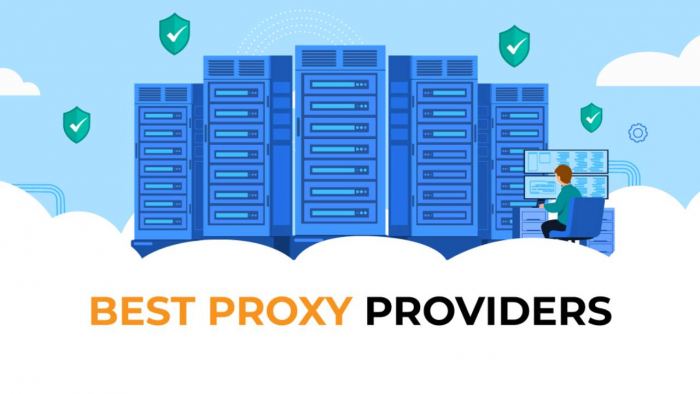Behind every app interface, seamless data exchange, and connected business process lies an invisible enabler—API (Application Programming Interface) Services. But with the growing complexity of applications and integration demands, it’s no longer just about creating APIs; it’s about managing them efficiently, securely, and scalably. This is where API management steps in as a cornerstone of digital maturity.
Let’s break down what it truly means, how it empowers organizations, and what to watch out for.
What Is API Management, Really?
API Management refers to the process of creating, publishing, securing, monitoring, and analyzing APIs in a structured and controlled manner. It allows businesses to expose services to internal teams, partners, or external developers, while keeping control over how those APIs are used.
Why Do Organizations Need API Management?

A well-designed API is only as good as its ability to be governed and scaled. Here’s why robust API management is no longer optional:
- Security & Access Control: Role-based access, authentication, rate limiting, and threat detection help protect APIs from misuse and cyberattacks.
- Centralized Monitoring: It offers real-time insights into usage patterns, errors, and performance bottlenecks.
- Scalability: API gateways enable load balancing and throttling to ensure APIs scale with growing traffic and workloads.
- Developer Enablement: Developer portals allow teams to easily discover, test, and integrate APIs, reducing onboarding time.
- Governance & Version Control: Ensures consistency across API versions while managing backward compatibility.
- Analytics for Decision-Making: API usage analytics allow business leaders to identify high-performing APIs, partner engagement levels, and optimization areas.
Key Features That Define Great API Management
The effectiveness of an API management platform hinges on its ability to serve both technical and business needs. Look for solutions that offer:
- Policy Enforcement Engine: For authentication, transformation, rate limits, etc.
- API Lifecycle Management: From creation to retirement.
- Self-Service Developer Portals: With documentation, testing environments, and API keys.
- Traffic Management: Throttling, caching, and routing logic built into the gateway.
- Integration Flexibility: With external identity providers (OAuth, JWT), analytics tools, and CI/CD pipelines.
- Low-Code/No-Code Interface: For faster configuration by less technical users.
How Poor API Management Hurts You
Ignoring proper API management can result in:
- Security Vulnerabilities: APIs are a top target for attackers due to exposed endpoints.
- Shadow APIs: Unmonitored APIs used by dev teams can go undocumented, increasing risk.
- Downtime & Latency: Without traffic throttling and monitoring, your APIs can crash under load.
- Developer Frustration: Lack of documentation, testing tools, or inconsistent standards will frustrate consumers of your APIs.
- Compliance Risks: Without audit trails and role-based access, organizations risk failing security or data protection audits.
Best Practices for Scalable API Management
Implementing API management effectively requires a blend of strategy, tooling, and governance:
- Design with a Consumer Mindset: Make APIs easy to use and well-documented.
- Secure from Day One: Implement API keys, OAuth2, and regular audits.
- Treat APIs as Products: Each API should have an owner, roadmap, and KPIs.
- Enable Analytics-Driven Decisions: Use metrics to inform roadmap priorities and deprecations.
- Automate Lifecycle Stages: Use CI/CD pipelines to manage updates, versioning, and deployments.
- Educate Your Teams: Provide training on platform usage, documentation standards, and security protocols.
Conclusion
As digital ecosystems become more interconnected, API management transforms from a nice-to-have to a mission-critical capability. Whether you're dealing with internal
systems, partner integrations, or public APIs, your ability to secure, scale, and optimize APIs determines your agility and resilience in today’s fast-paced business landscape.
Embracing modern API management not only safeguards your systems but also positions your organization for innovation and growth—one endpoint at a time.
Post Comment
Be the first to post comment!


